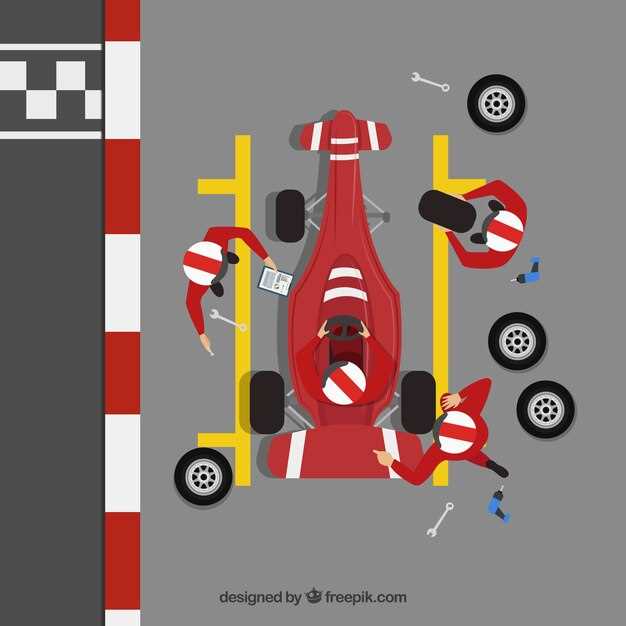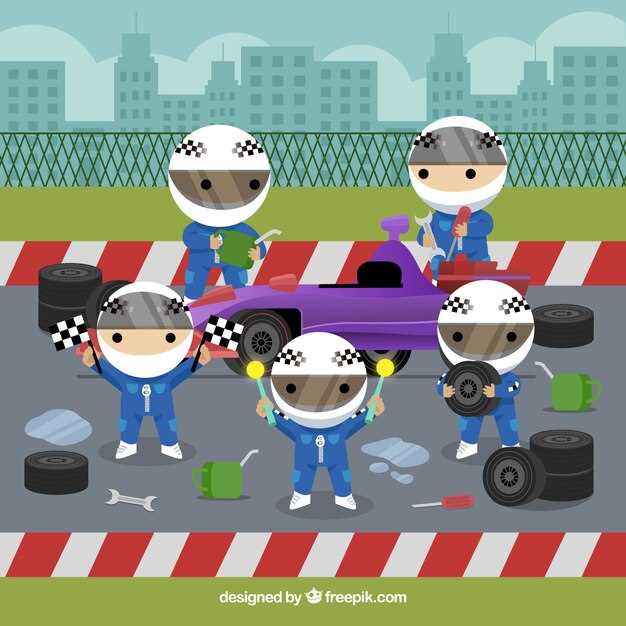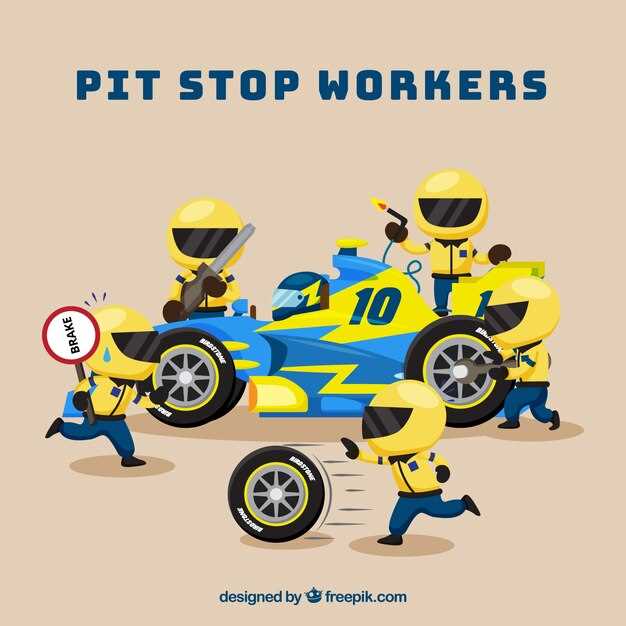
In the world of motorsports, understanding the racing line is crucial for achieving peak performance on the track. The racing line refers to the optimal path a vehicle can take around a circuit, enabling drivers to maintain speed while minimizing the risk of losing control. Mastering this concept not only improves lap times but also enhances overall driving skill, making it a fundamental aspect of racing strategy.
Each track presents its unique challenges, with varying corner types, elevation changes, and surface conditions. Identifying the ideal racing line requires a keen sense of vehicle dynamics and an understanding of how to exploit the track’s features. By focusing on factors such as apex positioning, braking points, and throttle application, drivers can navigate corners effectively, maximizing their potential on the circuit.
Moreover, mastering the racing line involves continuous practice and adaptation. As environmental conditions change and tire performance fluctuates, drivers must be willing to adjust their approach. Developing a deep connection with the track allows for a more intuitive driving style, ultimately leading to better control and faster lap times.
Understanding Ideal Racing Line Geometry

The ideal racing line is the most efficient path around a racetrack, which maximizes speed while minimizing lap time. Its geometry involves a combination of straight lines and arcs that strategically connect various sections of the track. To master the racing line, understanding the geometric principles involved is crucial.
At its core, the racing line can be understood through three fundamental components: tangent points, apexes, and exit lines. Tangent points are locations where the vehicle transitions from straightaways to corners, ensuring minimal deviation from the optimal path. Apexes represent the innermost point of a corner, where the car should ideally be positioned to maintain maximum speed. The exit line is the post-apex trajectory leading out of the corner, which sets the car up for the subsequent straightaway.
When analyzing the geometry of the racing line, it’s essential to consider curvature and banking. Curvature refers to the sharpness of a turn; sharper curves require a more technical approach to maintain control. Banking angles on certain tracks can also affect the ideal line, allowing cars to maintain higher speeds while cornering. Understanding these factors aids drivers in adjusting their lines based on track characteristics.
Visualization plays a critical role in grasping the ideal racing line’s geometry. Utilizing tools like track maps and simulations can help drivers see the optimal path in practice. Performance-enhancing techniques, such as trail braking, allow drivers to maintain optimal speed while transitioning between corners. Employing these techniques in conjunction with a sound understanding of line geometry can lead to significant improvements in performance.
Ultimately, mastering the ideal racing line geometry requires a blend of theoretical knowledge and practical experience. Drivers must continuously adapt to varying track conditions, vehicle dynamics, and personal driving style to effectively navigate the racing line and achieve optimal lap times.
Adjusting Your Driving Technique for Different Curves

Each curve on the racetrack requires a unique approach to maintain speed and improve lap times. Understanding the characteristics of the curve will allow you to adapt your driving technique effectively.
1. Apex Selection: Identifying the correct apex for each curve is crucial. For tighter corners, aim for an early apex to facilitate a quick exit. In contrast, for wider curves, a later apex can allow for higher speeds throughout the turn. Adjust your steering input accordingly to follow the optimal path.
2. Brake Application: Different curves necessitate adjustments in braking technique. For sharp turns, brake earlier and more aggressively to reduce speed adequately. In smoother curves, apply braking progressively, allowing for weight transfer towards the front tires and enhancing grip. Remember to release the brakes smoothly as you approach the apex.
3. Throttle Control: The timing of throttle application differs based on the curve’s shape. In tight corners, wait until you reach the apex to accelerate, ensuring your rear tires do not lose traction. For wide curves, apply throttle earlier to maximize speed while maintaining control throughout the turn.
4. Steering Inputs: The degree of steering input varies with the curve’s severity. Use lightweight, precise steering movements for gradual bends, while employing more pronounced steering for sharper corners. This ensures quick response and helps maintain your racing line.
5. Vehicle Balance: Adjusting your driving style also influences your car’s balance. For curves with high-speed entries, a smoother technique can maintain stability. Conversely, in tighter turns, a more aggressive approach helps to transfer weight effectively, enhancing front grip and facilitating a quicker exit.
Ultimately, mastering the nuances of your driving technique in response to different curves will contribute significantly to optimal performance on the racetrack. Continuous practice and assessment of your approach will lead to improved proficiency and faster lap times.
Utilizing Track Conditions to Enhance Racing Strategy
Understanding and adapting to track conditions is essential for optimizing performance in motorsport. Different environmental factors such as weather, temperature, and surface integrity significantly influence vehicle dynamics and grip levels. Races can be won or lost based on how well drivers adjust their strategies to these changes.
When racing on a wet or damp track, for instance, tire choice becomes crucial. Teams must anticipate moisture levels and select appropriate wet-weather tires to maximize grip. Additionally, drivers should adopt a smoother driving style, minimizing abrupt inputs to avoid losing control on slick surfaces. Recognizing areas of potential aquaplaning can enable drivers to select safer lines, preserving speed while mitigating risk.
Conversely, on a dry track, optimizing tire temperature is vital. Teams should closely monitor tire performance, ensuring they reach the ideal operating range quickly. The racing line may shift as rubber builds up on the surface, creating faster paths. Therefore, drivers must remain adaptable, potentially altering their line and braking points to capitalize on evolving conditions.
Another significant factor is track evolution throughout the race. As more cars pass over the track, it can become cleaner and faster. Drivers need to strategize pit stops and be aware of when the track will reach its optimum condition. Making timely decisions regarding pit stops or tire changes can provide a competitive advantage as track conditions improve.
In summary, closely observing and responding to track conditions allows drivers to enhance their racing strategies. By combining knowledge of tire technology, vehicle dynamics, and real-time environmental changes, racers can maintain a competitive edge and improve their overall performance on the circuit.

